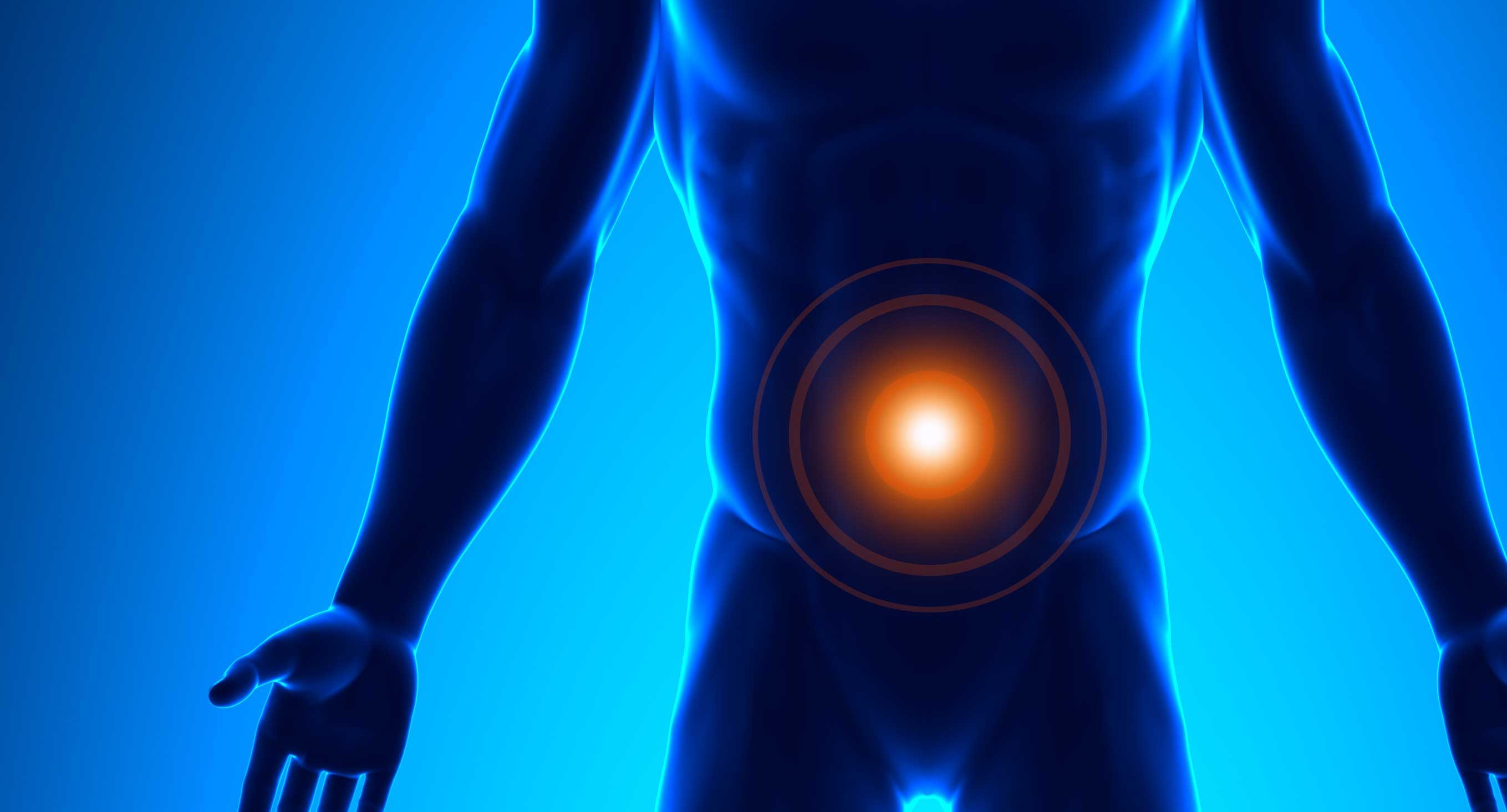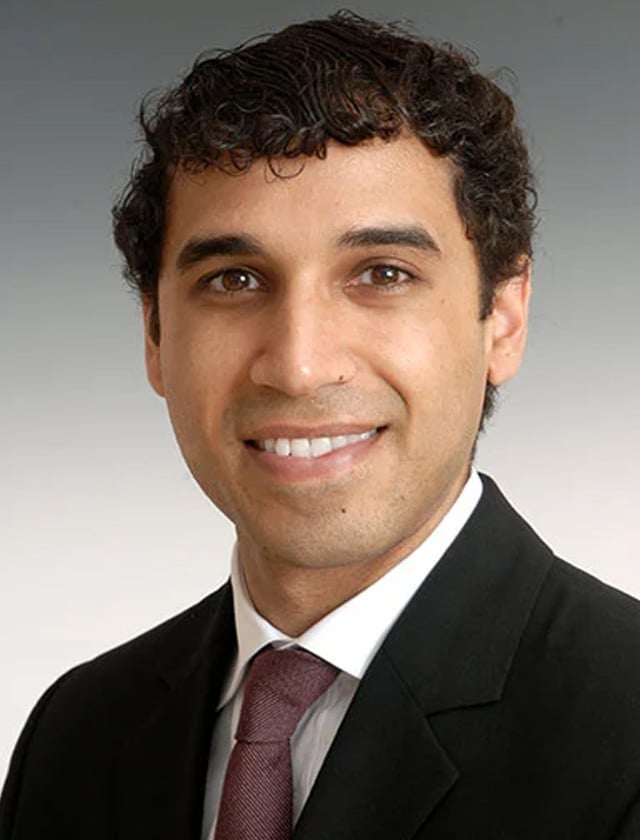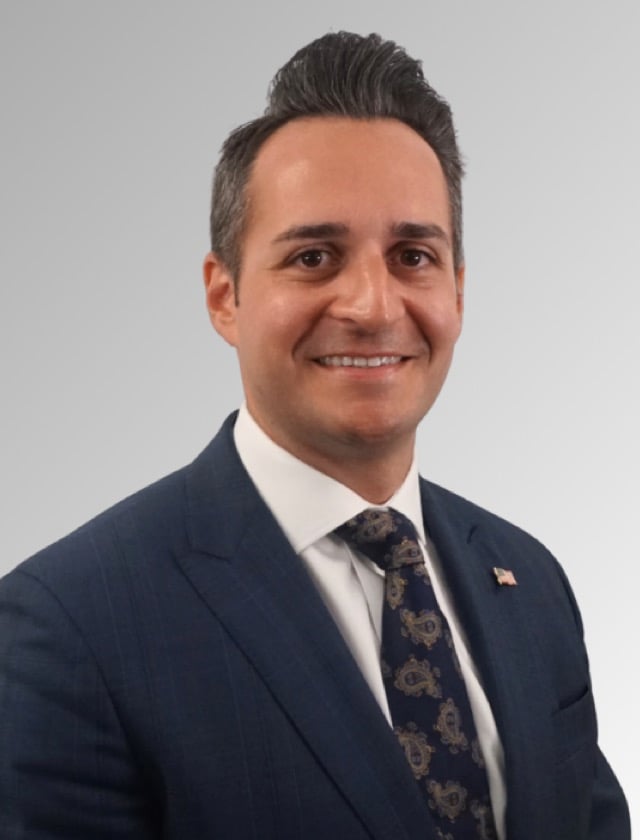A hernia occurs when an internal organ shifts and protrudes outside the muscle or tissue wall that’s there to contain it. While there are several common types of hernias, the abdominal area between the chest and hips is where most hernias tend to occur.
Hernias are caused by muscles that have become weakened over time or may have been weak since birth. Physical exertion, coughing, pregnancy, and other physical strains can exacerbate the weakened muscles and cause hernias to occur.
Four common types of hernias:
- Femoral hernia: This type of hernia largely affects older women, and occurs when fatty tissue or a part of the intestine protrudes from the top of the inner thigh in the groin area or lower abdomen.
- Umbilical hernia: This is when a part of an internal organ or fatty tissue breaks through the abdominal wall near the belly button.
- Hiatal hernia: This form of hernia occurs when parts of the stomach squeezes upwards through an opening in your diaphragm into the chest.
- Inguinal hernia: This is the most common type of hernia that occurs when parts of an organ protrudes out from a weakened muscle in the abdominal wall. Men are more affected by this form of hernia than women.
When a hernia happens, surgery is typically needed. Depending on the type of surgery, you may need one of the following:
- Open hernia repair: The hernia surgeon will make an incision in the groin and manually push the hernia back into position. Patients can generally go home after a few hours.
- Laparoscopic hernia repair: Performed under anesthesia, the hernia surgeon will use a thin tool similar to a telescope to enter into the abdominal wall through the belly button. Then, carbon dioxide is inserted to better enable the hernia surgeon to view the inside of the body from the laparoscopic lens and to reposition the hernia.
- Robotic hernia repair: This surgery is similar to a laparoscopic hernia repair, except that the hernia surgeon will manipulate the laparoscopic tool from a console. While both types of surgery are effective for treating hernias, robotic repair provides better imaging of the inner abdominal wall and can offer less pain and recovery time for the patient.


-min.png)









